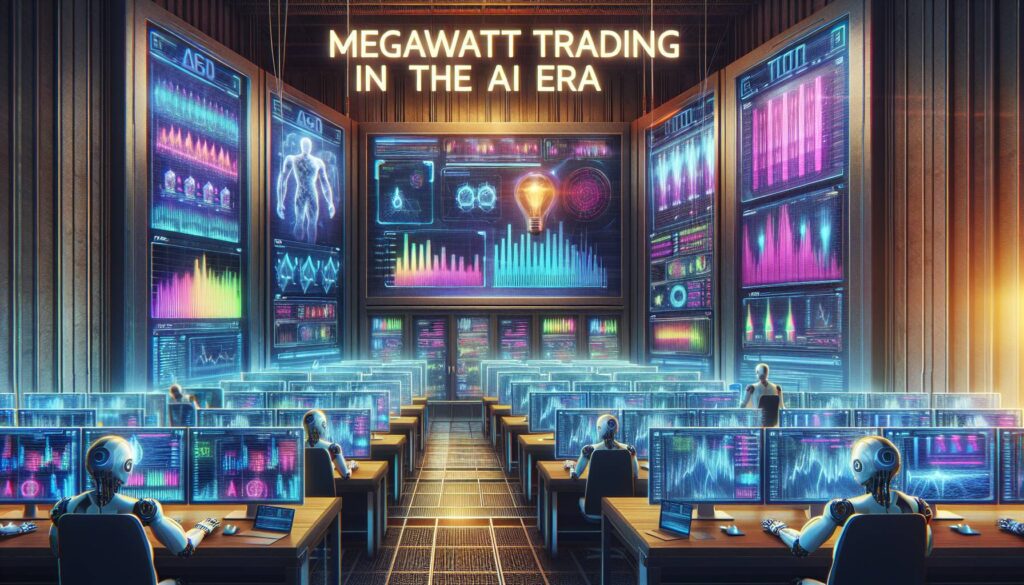In a recent report, JPMorgan’s Nikolaos Panigirtzoglou assessed the current state of decentralized finance (DeFi) and asset tokenization, revealing a lackluster growth trajectory following the 2022 cryptocurrency winter. Despite initial promises, the Total Value Locked (TVL) in DeFi has not regained its 2021 peak, with much of the current activity driven primarily by crypto-native users rather than institutional investors.
Panigirtzoglou highlights that while the infrastructure for compliant crypto ventures has been established—incorporating elements like permissioned lending pools and KYC-enabled vaults—real institutional adoption remains slow. He identifies several challenges hampering progress, such as regulatory fragmentation, legal ambiguities surrounding on-chain assets, and persistent security concerns related to smart contracts. Consequently, institutional participation in the crypto market is largely confined to Bitcoin (BTC).
On the tokenization front, the industry has made incremental strides, recording $25 billion in tokenized assets, including $8 billion in tokenized bonds, and an increasing presence in money market funds. However, many tokenization projects are still viewed as either small or experimental, lacking significant liquidity and scalability. Notably, initiatives like BlackRock’s BUIDL and Broadridge’s Distributed Ledger Repo (DLR) illustrate potential efficiency advantages but face obstacles in achieving widespread adoption.
Moreover, in private markets, the concentration of tokenization efforts among a limited number of players further complicates the landscape, with little secondary market activity to support growth. Traditional investors remain wary, particularly due to blockchain’s inherent transparency which contrasts with their preference for the opacity offered by conventional trading venues like dark pools. This trend is underscored by the increasing popularity of off-exchange equity trading.
While regulatory efforts such as the SEC’s “Project Crypto” aim to provide clearer guidelines for the cryptocurrency space, Panigirtzoglou expresses skepticism about whether such changes will bridge the gap. The enduring reality is that traditional finance has yet to recognize a pressing need for blockchain technology, especially as existing fintech solutions have demonstrated significant improvements in speed and efficiency, diminishing the immediate necessity for a shift towards tokenized finance alternatives.

The Future of Decentralized Finance and Asset Tokenization
Key points from the research report by JPMorgan’s Nikolaos Panigirtzoglou:
- Stagnant Recovery: The growth of DeFi and asset tokenization remains underwhelmed since the 2022 crypto winter, with Total Value Locked (TVL) in DeFi below 2021 highs.
- Institutional Adoption Lagging: Despite advancements in compliance infrastructure, institutional use of DeFi tools is minimal, largely due to regulatory fragmentation and legal uncertainty.
- Concentration in Bitcoin: Most institutional activity is focused on bitcoin (BTC), indicating a cautious approach to newer DeFi products.
- Barriers to Growth: Significant challenges such as concerns over smart contract security and regulatory clarity hinder broader institutional involvement.
- Tokenization Challenges: Although $25 billion in tokenized assets is reported, many remain small or experimental, lacking liquidity and market depth.
- Institutional Skepticism: Traditional investors show reluctance towards blockchain due to its transparency, which conflicts with their preference for opaque trading venues.
- Need for Clear Value: The lack of a clear necessity for blockchain adoption in traditional finance diminishes the urgency for tokenization initiatives.
- Impact of Fintech: Existing fintech solutions already enhance speed and efficiency, further reducing the incentive to shift towards tokenized alternatives.
The interplay of regulatory developments, institutional skepticism, and existing fintech advancements shapes the future landscape of decentralized finance and asset tokenization for both individual and institutional investors.
DeFi and Asset Tokenization: A Comparative Landscape Analysis
The insights shared by JPMorgan’s Nikolaos Panigirtzoglou on the current state of decentralized finance (DeFi) and asset tokenization illuminate significant trends and hurdles within this rapidly evolving sector. One of the primary competitive advantages of this news lies in its thorough examination of institutional adoption—or rather, the lack thereof—noting a stagnation in Total Value Locked (TVL) that mirrors sentiments expressed by industry rivals. While DeFi platforms often attract retail investors, the real challenges surrounding regulatory compliance and smart contract security resonate deeply with financial institutions, positioning this report as a call to action for stakeholders.
In comparison, similar news sources emphasize the potential growth areas within DeFi, pointing towards emerging technologies that may address the very barriers cited by JPMorgan. Initiatives like Chainalysis and ConsenSys are working diligently to create compliance frameworks that can appease institutional concerns. However, the challenges highlighted in the report—such as regulatory fragmentation and legal uncertainties—remain considerable disadvantages, not just for institutions but for the overall trajectory of DeFi.
The target audience for this news is broad, potentially benefiting regulators by underscoring the need for clearer guidelines, while also serving institutional investors who may feel reassured by the insistence on compliance-ready infrastructures. However, this narrative could foster skepticism among traditional investors who may not yet see the necessity for blockchain adoption in light of existing fintech solutions that already enhance efficiency. The dichotomy of transparency in blockchain versus the opacity preferred in dark pools could lead to hesitance for those investors wary of ceding control over their trading activities.
In essence, while the findings of JPMorgan’s report may spell challenges for the broader adoption of DeFi and tokenization, they also signal a pivotal moment for industry players to reevaluate their strategies. The intersection of robust compliance, institutional trust, and innovative technology will ultimately determine whether these sectors can overcome their current stagnation and realize their full potential.

















